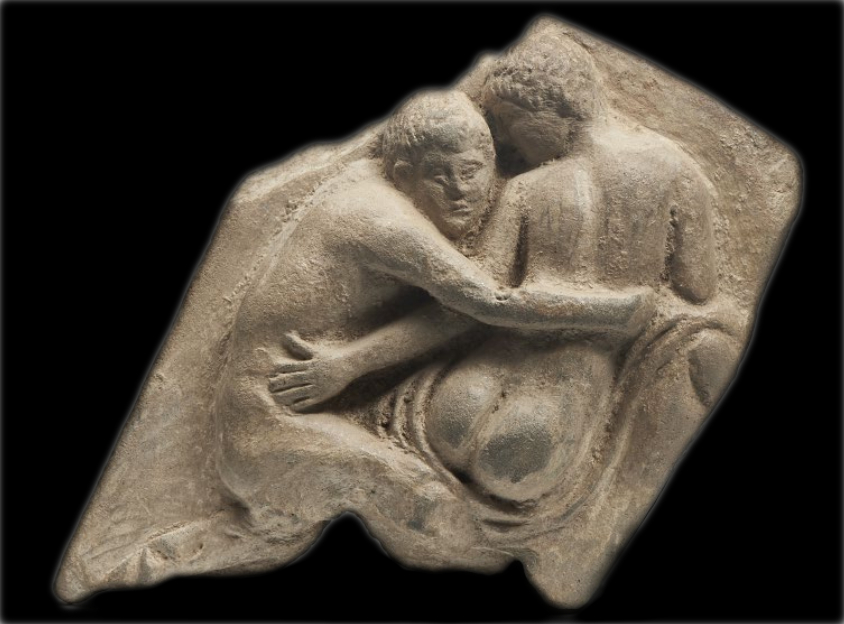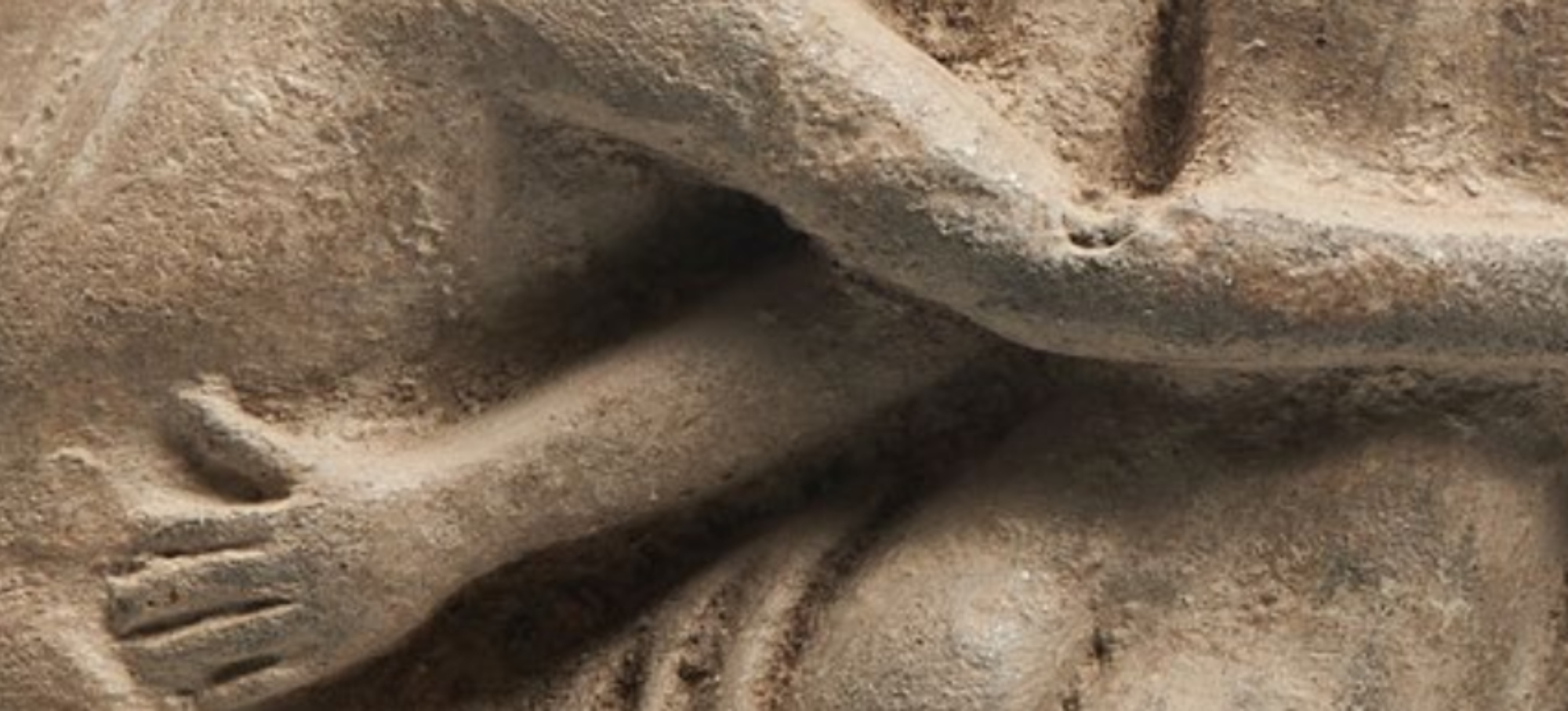
Ars Amatoria - The Art of Love in Antiquity
8002 Zürich, Switzerland
ABOUT Ars Amatoria - The Art of Love in Antiquity
Since the dawn of time, sexuality has fueled the most fertile imagination in man. Myths about the sexual and erotic practices of both the Greeks and Romans, chronicled in ancient art and literature, have been a continuous source of fascination.
When one conjures up images of sexuality amongst the Greeks and Romans, one visualizes scenes with lewd satyrs, wanton hetaera, homoerotic gratification, and licentious revelry, banquets and brothels. However, is this truly a reflection of love and sexual life in classical antiquity? Did the Ancients really practise the art of loving without restraint? When considering the idea of what love and sexuality represented it must be borne in mind that the cultural and common practices and norms of the Ancient Greeks and Romans were complex, and judgements cannot be made without consideration for these societal frameworks.
Today, so as not to be shocked by these erotic depictions, often of a pederastic as well as a heterosexual nature, it must be understood that in ancient societies, the elaborate social codes involved in these relationships were deeply embedded in both a person’s rank and status and society’s customs rather than sexual orientation. Bisexuality, homosexuality and pederasty were universal in communities where social power and the supremacy of the citizen were unquestioned. However, the practice of pederasty, which often had an instructive aspect, in no way undermined the importance of a heterosexual love life: every citizen had a duty to marry (the minimum legal age for girls was 14 years old) and to have children to maintain the social order. Plutarch reports that Solon (an Athenian statesman from the 7th-6th centuries B.C.) passed a law that required a man to have carnal relations with his wife at least three times a month. Clearly this demonstrates a woman’s inconsequentiality; she was merely considered as an integral part of the household, in the same manner as freedmen or slaves, which were all at one’s disposal. Therefore, women were often abused or mistreated, if they were not, it was only out of respect or consideration of their noble birth and their status within society. One married not only to have a well-run household, but also to ensure and secure legitimate offspring – the notions of erotic pleasure were far removed from the narrow straitjacket of an arranged marriage.
Greek and Roman citizens were instilled with the conviction that they were superior and were destined to lead. This principal is reflected in the erotic act where the man’s actions and self-restraint are set against the woman’s or lower status partner’s passivity. Hence the importance of presenting oneself as the erastes, the energetic, active participant and not as a submissive eromenos. In classical antiquity, it was accepted that for the dominant male, the gender of the person he was sexually engaged with was of secondary importance; of primary focus was the physical attraction for another – whether a woman or a youth. The notion of homo- or heterosexuality did not exist, the priority was to know how to affirm one’s social superiority; economically, politically and military. Only the relative supremacy in a relationship mattered; the man who penetrated a partner, regardless of their gender, was considered the stronger and the more respected, their lover being seen as inferior and subservient.
All this took place in a society where male sexual fantasies were portrayed in both art and literature. The day-to-day reality was quite different; modesty and making love in the dark – essentially at night – were the norms. Only philanders would indulge in sexual acts during the day! Although there were many acceptable and tolerated forms of sexuality, the art of love and loving in Greco-Roman societies was highly regulated. This is where we find one of the most contradictory and ambiguous areas of the Greco-Roman world.

